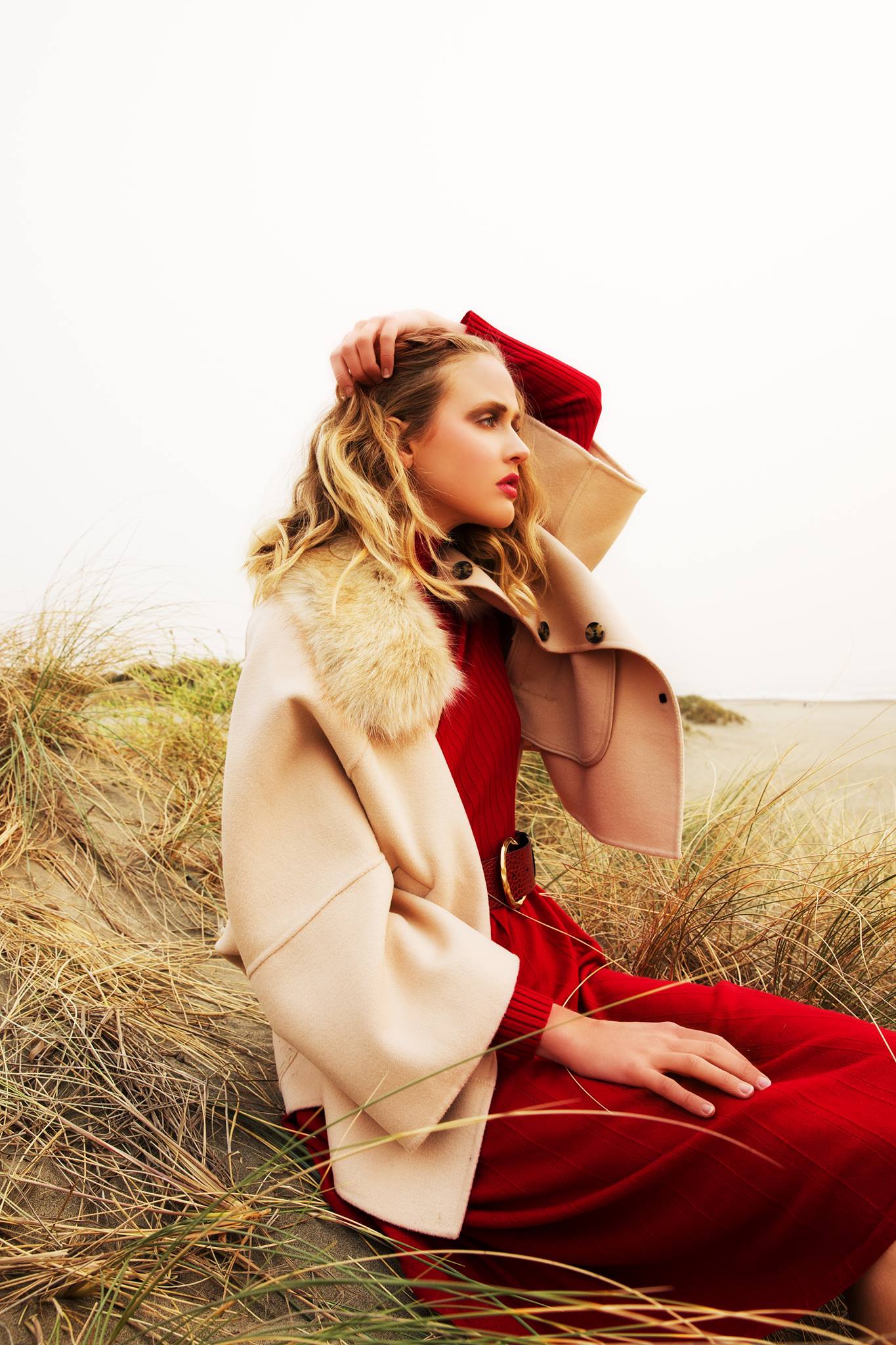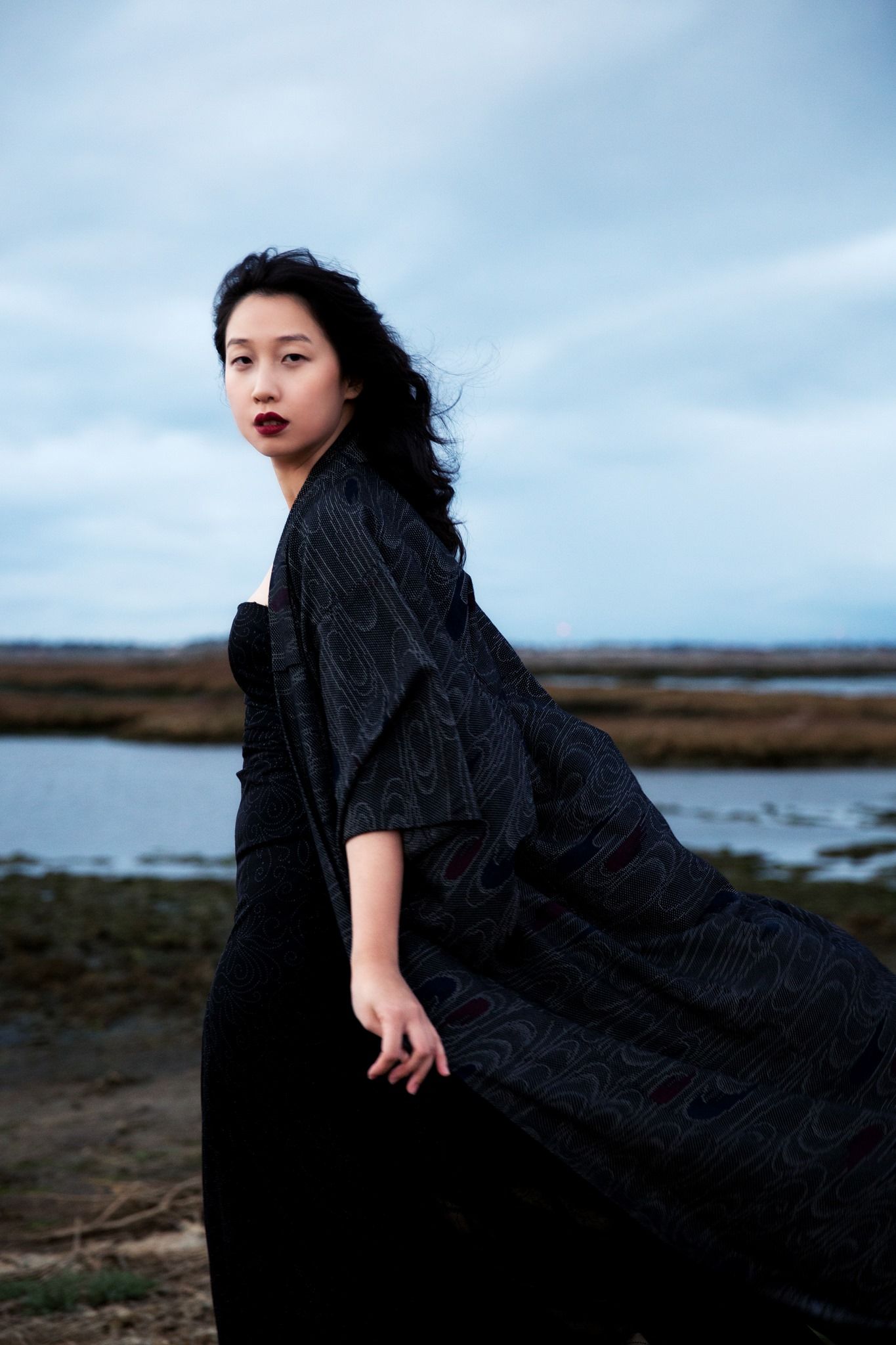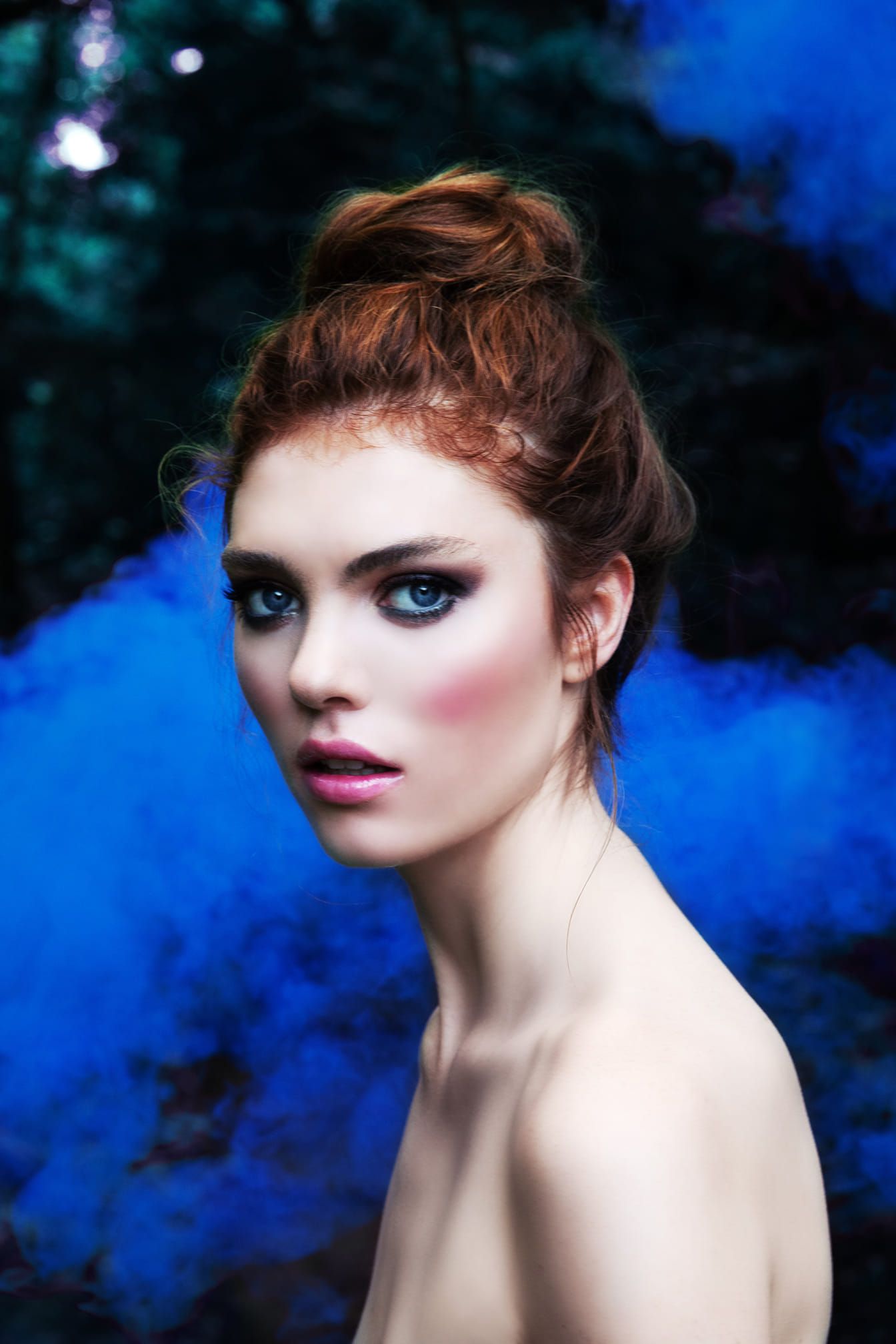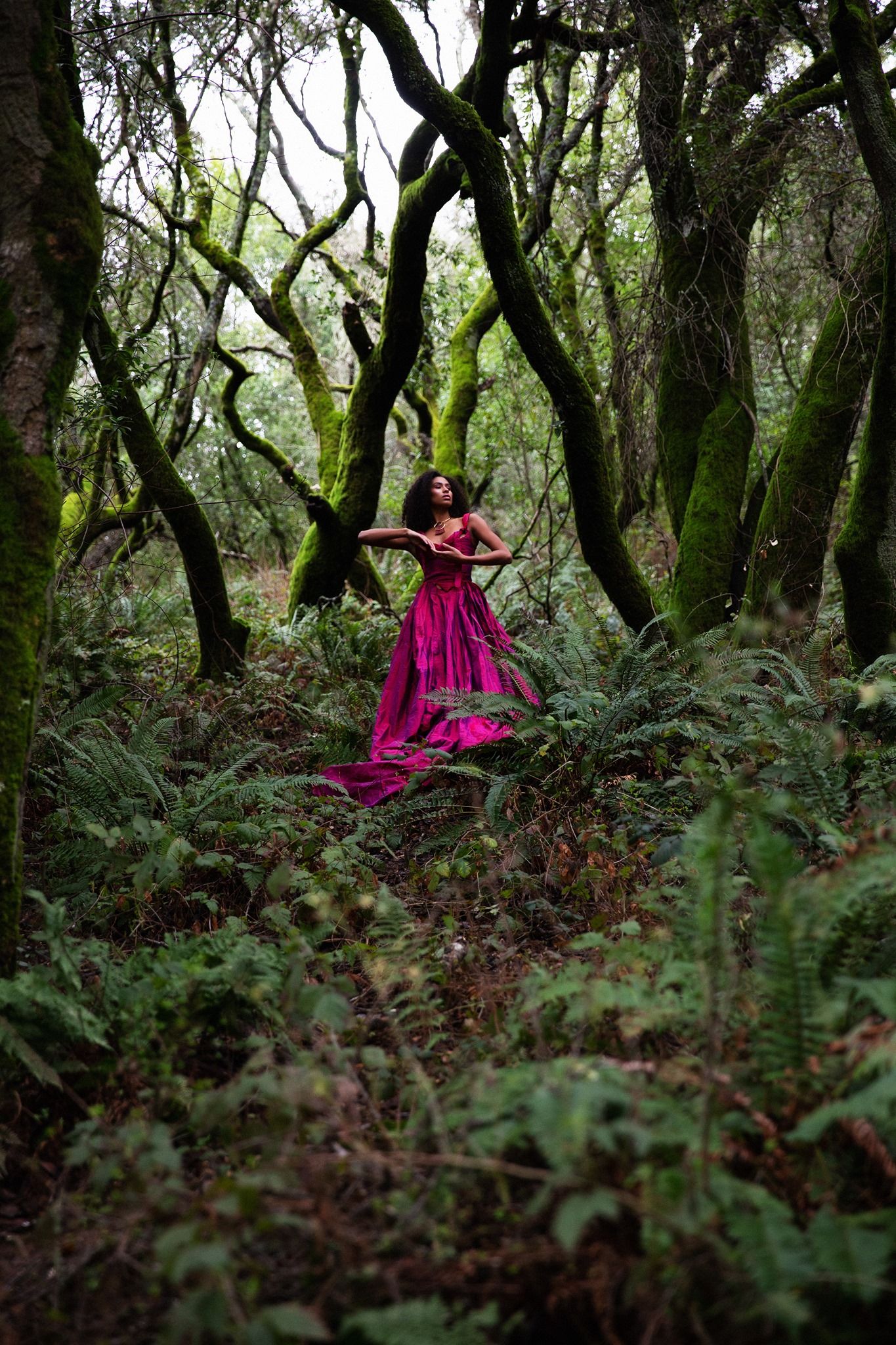This is the question that I see a lot of my photography students are struggling with, so after we discussed it again in the latest webinar in out group, I decided to structure my thoughts in this small guide.
Let me start with a story. I started my photography practice in Moscow a long time ago, and it was a natural choice to work in studio there because of the climate. When I moved to Switzerland a few years down the road, I was captivated by beautiful landscapes: sometimes you can have clouds, mountains, lake and vineyards all in one photo :) So of course, when I like something, I shoot it, hence I tried to shoot there. Soon I understood that this background is just way too busy to include also a model. I mean a person's little figure or silhouette - sure, but fashion editorial character - not really. So I started to think how do I work with the background that is just too rich.
- Move Higher or Lower (Globally). When you are the one who is responsible for a photoshoot's location, choose to go on the beach or high in the mountains, when the landscapes become more minimal and you have more abstract space. There are separate set of problems with shooting high in the mountains though, I discussed my experience here.

2. Move Higher or Lower (Locally). Sometimes you can't pick the location, for example if client already rented it before you got on board or if a client has something very specific in mind. Then you can change camera angle to have just your model and the sky or just your model on the grass (careful here, wardrobe can get stained).

3. Divide the picture clearly between the background and foreground, hence abstracting the backdrop. Here you read the forest, but not trees.

4. Abstract the backdrop by simplifying color scheme (or going black and white). In the example we had very strong attractive color of the grass, but it was distracting and the viewer's attention was dispersed. Going into black and white, we switched from colors to textures and made model's hair and grass texture work together - it only could happen after color was taken away

5. Enhance the natural different between background and foreground
- Background has lower contrast - use fog or smoke

- Background has lower details - use depth of field

- Background has colder colors - add color-split in post-prod

6. Just bring in mesh, or smoke, or plastic to separate your model from everything else. Be careful with the smoke though, people can freak out, especially in the forest and call fire-team on you. As for mesh and plastic - do take wind into account.

7. Use light to separate your subject. This can be done on set or in post-prod. In the example below we shoot in a park and during the day you see all the people and cars around - so it's a busy distracting background. At night, we use flash to only include what we need for our story

8. Finally, "If you can't beat them, join them." Ask your model to mirror the shapes you have on the background with her body-shape. Sometimes it's tricky to do because she has to have a right body-language for your character and rhyme with the location simultaneously, but when it works, it actually looks kind of cool:)

We will talk about these rhymes and so called Active Lines of the picture in connection to it's mood in the next post.